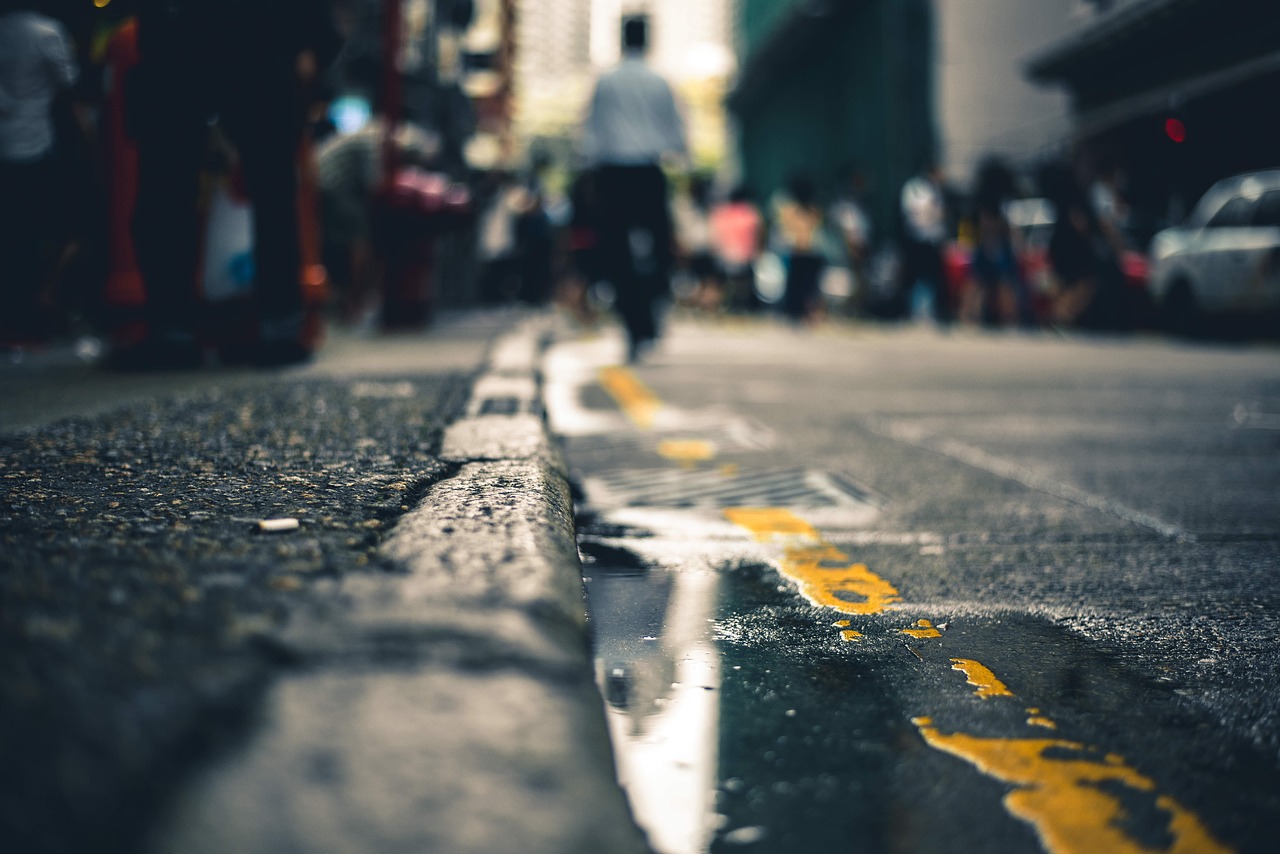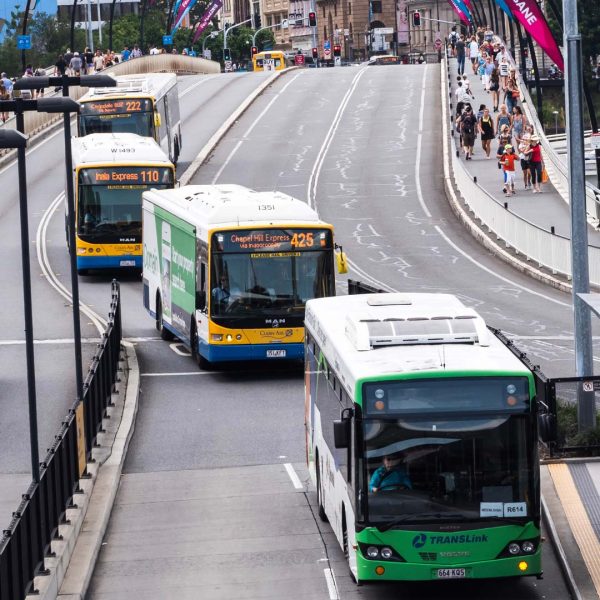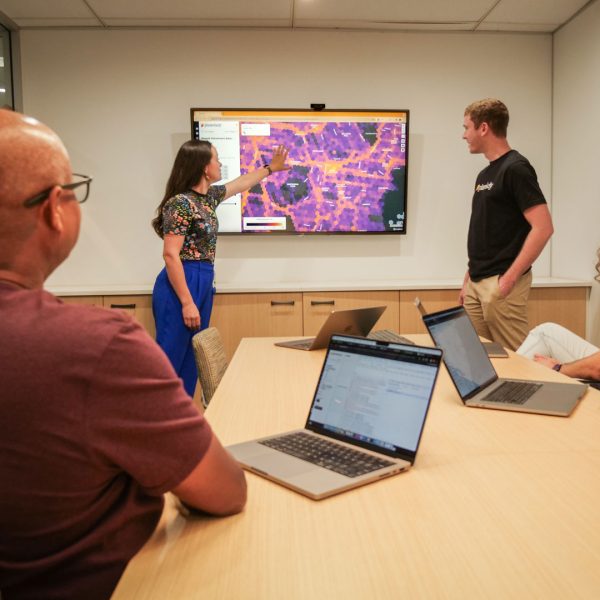
COVID and the curbside
6 May 2020
It’s no secret that transport policy professionals who are long-term advocates for change, often feel frustrated with the pace of reform. No one could have predicted it, but COVID-19 has completely upended the status quo. This has been a tough time – yet in the realm of transport, it has created a golden opportunity. We have seen dramatic changes to travel volumes and patterns as a result of our constrained economy and the need for physical distancing. It will take time to understand the deeper implications beyond the empty streets and cleaner air, but our established habits have been totally disrupted. The transition back to a functioning economy presents the chance for beneficial change.
Our goal should be to design and implement policies and interventions that improve our recovery and long-term outcomes. Advancing shovel-ready infrastructure projects cannot be our only focus. We need to ask ourselves some key questions about how we plan for the future.
How can we prolong the benefits of mass remote working?
Many of us are now working from home and have been forced to quickly master video conferencing with colleagues and clients as well as adapting to managing business demands remotely. These have previously been advanced as travel demand management and travel behaviour change initiatives.
I hope that our current experience overcomes prior concerns and many more workplaces embrace higher levels of working from home or telecommuting. If this prevails, peak hour commuting, and therefore congestion will be reduced. This could be a big win at almost no cost, providing space for other changes. But what support and incentives will be required to maintain the benefit long-term?
How do we better balance place and movement?
As transport professionals, it is not surprising that we measure success mainly on the transport or mobility outcomes of our work. Our urban streets, however, sacrifice other qualities for this movement imperative.
During COVID-19, many of us have been constrained to only travel for essential activities. We have found we now have a lower reliance on our cars, and we’ve spent more time walking or cycling in our local neighbourhoods to escape boredom, and for physical activity. Movement will always be important, and we will cherish it as it returns. Through this experience, however, we may develop a broader appreciation of the value of place in our local streets.
Could this be an opportunity to slow down movement by reducing our default urban speed limits and creating better places?
Can we better use our road space to reduce crowding?
Pedestrian and bicycle advocates, urban designers, landscape architects and many others have often called for more space for active travel. Our new health imperative may be the impetus we need for action.
As part of physical distancing measures, we are expected to keep 1.5 metres from others. When more activities resume as movement restrictions are lifted, physical distancing will remain important yet become more difficult, especially as many of our footpaths and public spaces are narrow and crowded.
Most curbside space is allocated primarily to free or low-cost car parking. People are reluctant to let go of something that was free, so liberating road space from under parked cars will be a long and tough process. The opportunity for reform, however, is while travel and parking demand is low and there is a good rationale, in the form of physical distancing, to reallocate space in favour of active transport. How do we transition to more valuable use of our curb space?
There may never be a better time than now to investigate transport policy changes. If there are potential measures that would improve health, economic and environmental outcomes for cities and their citizens, then perhaps something good can come from COVID-19.
Author: Michael Roth


